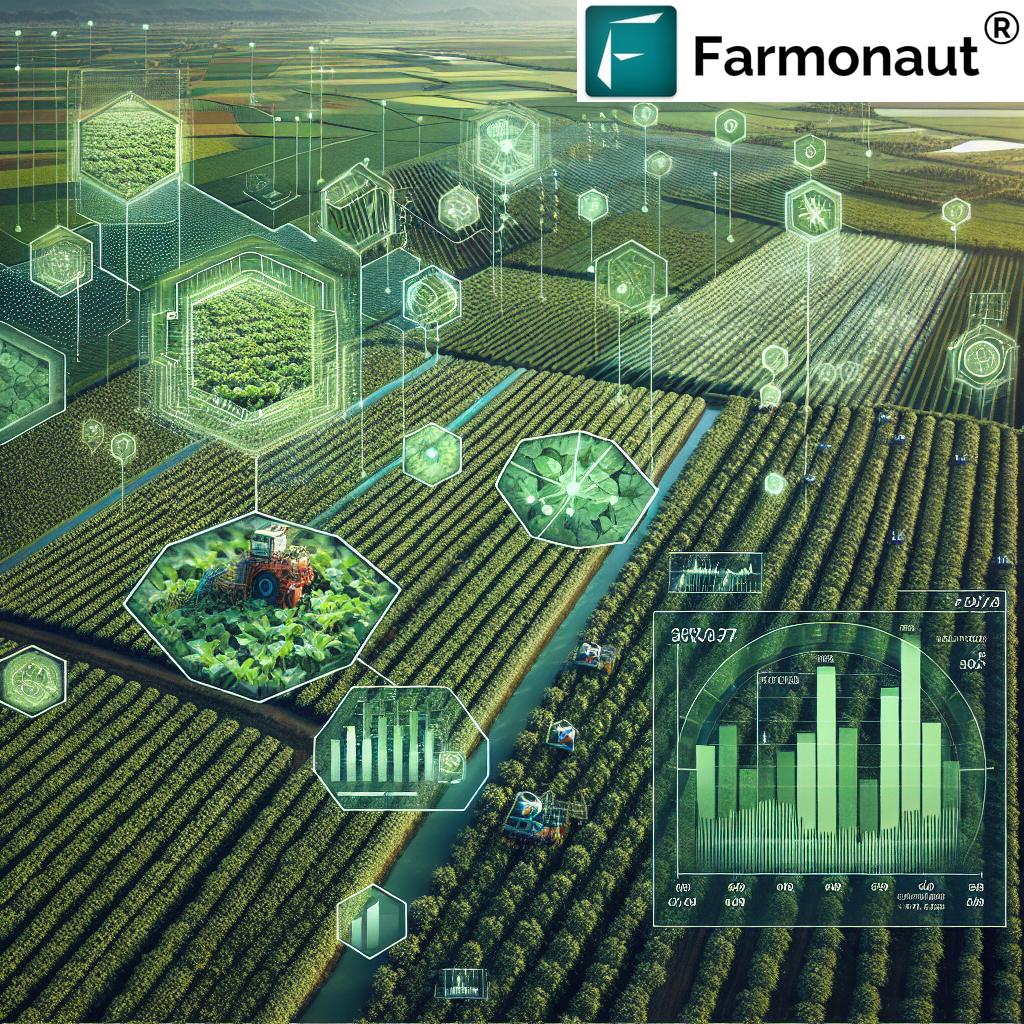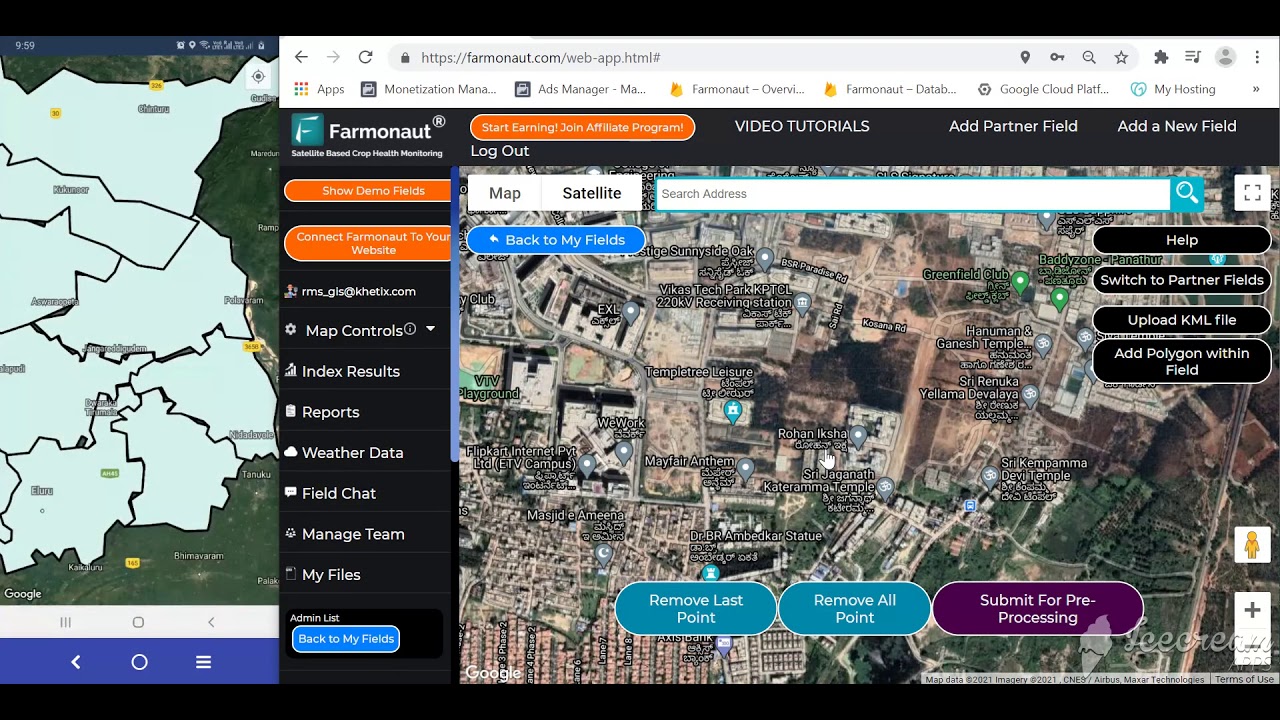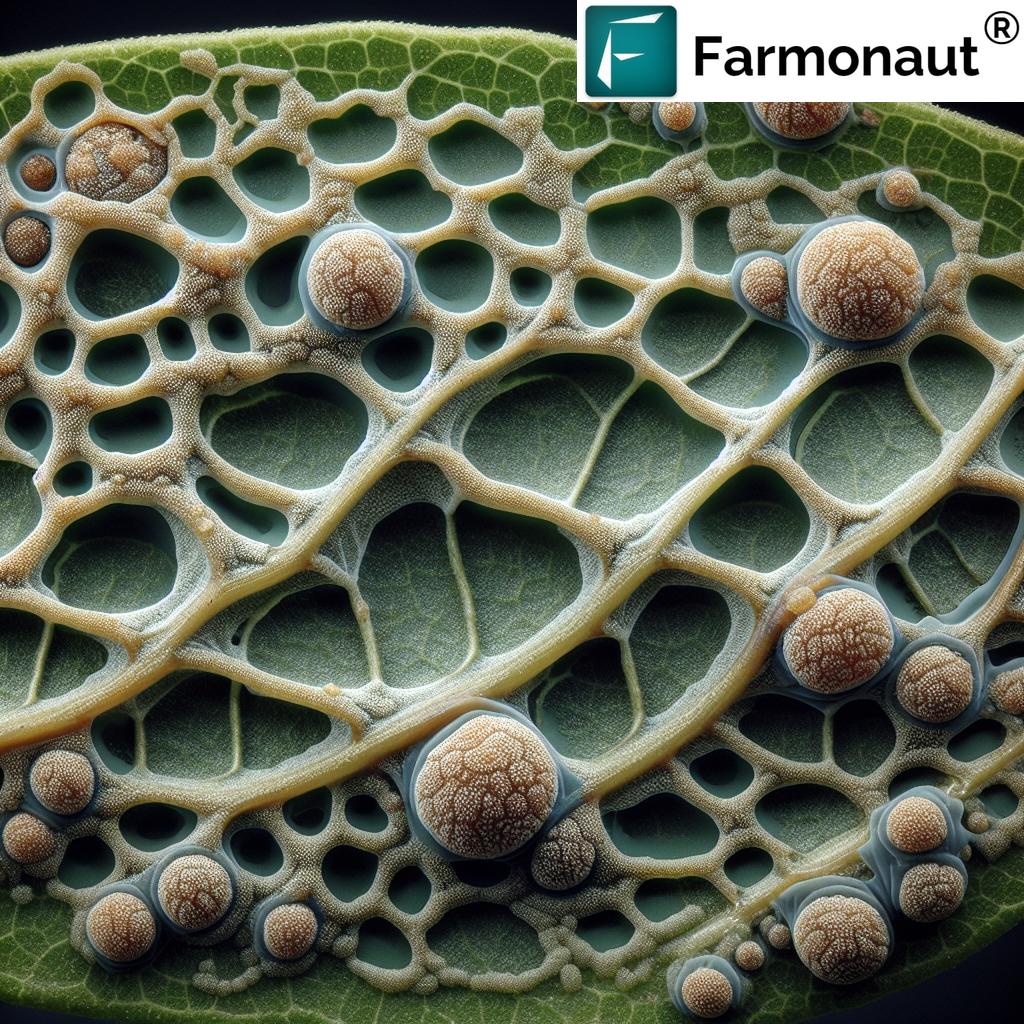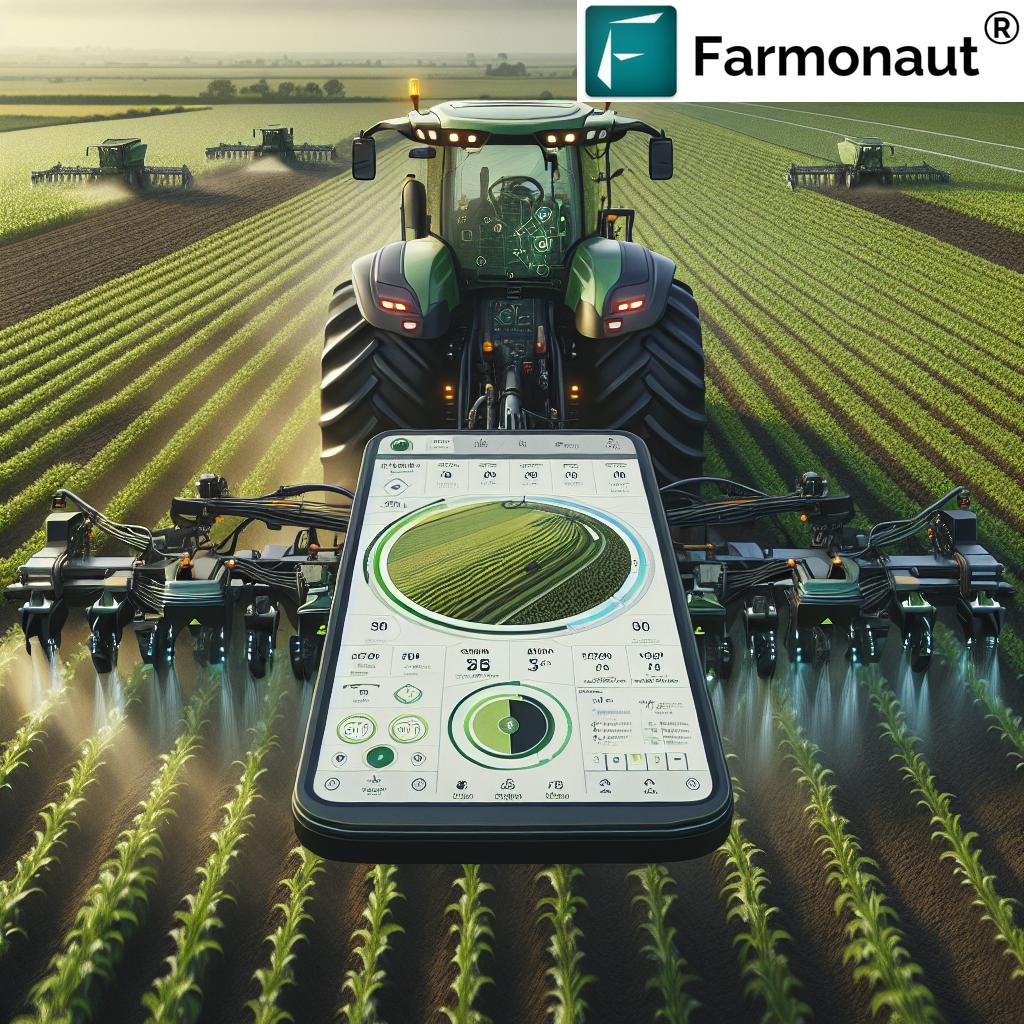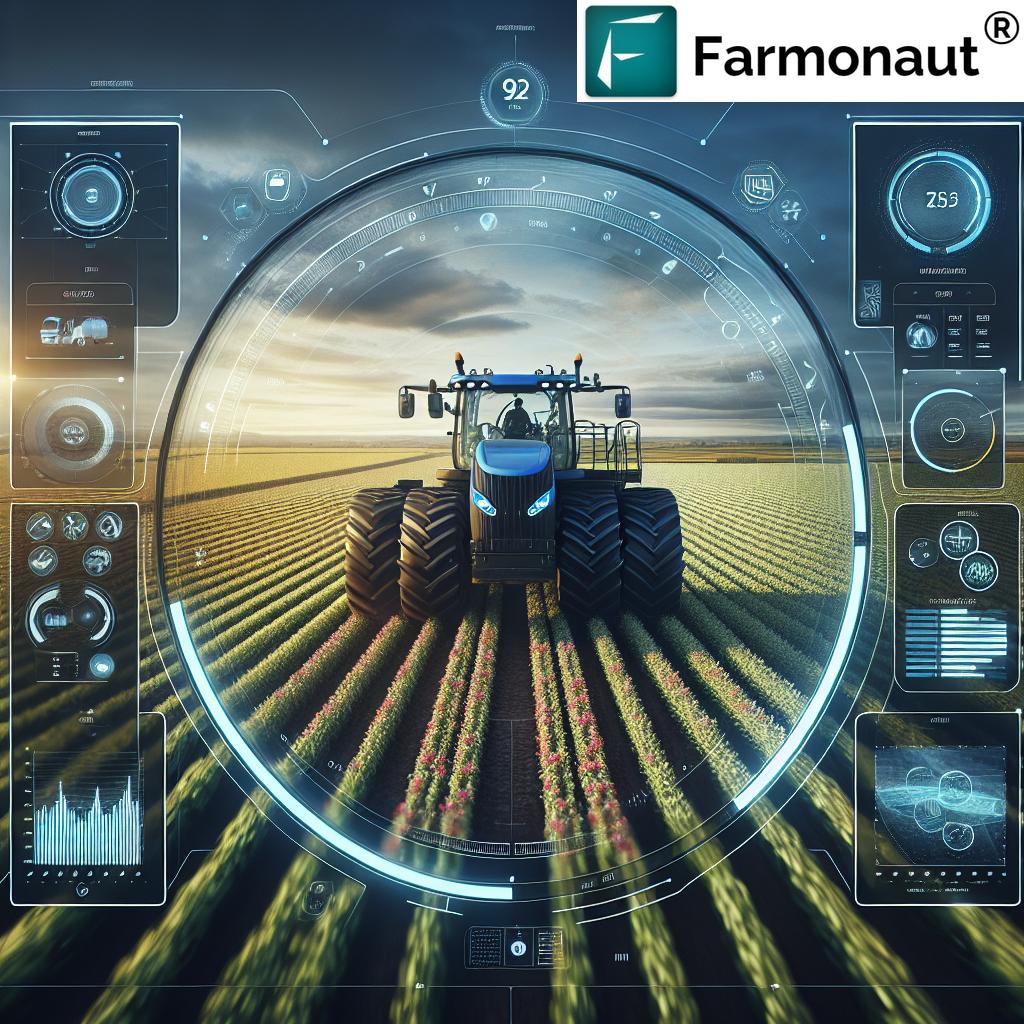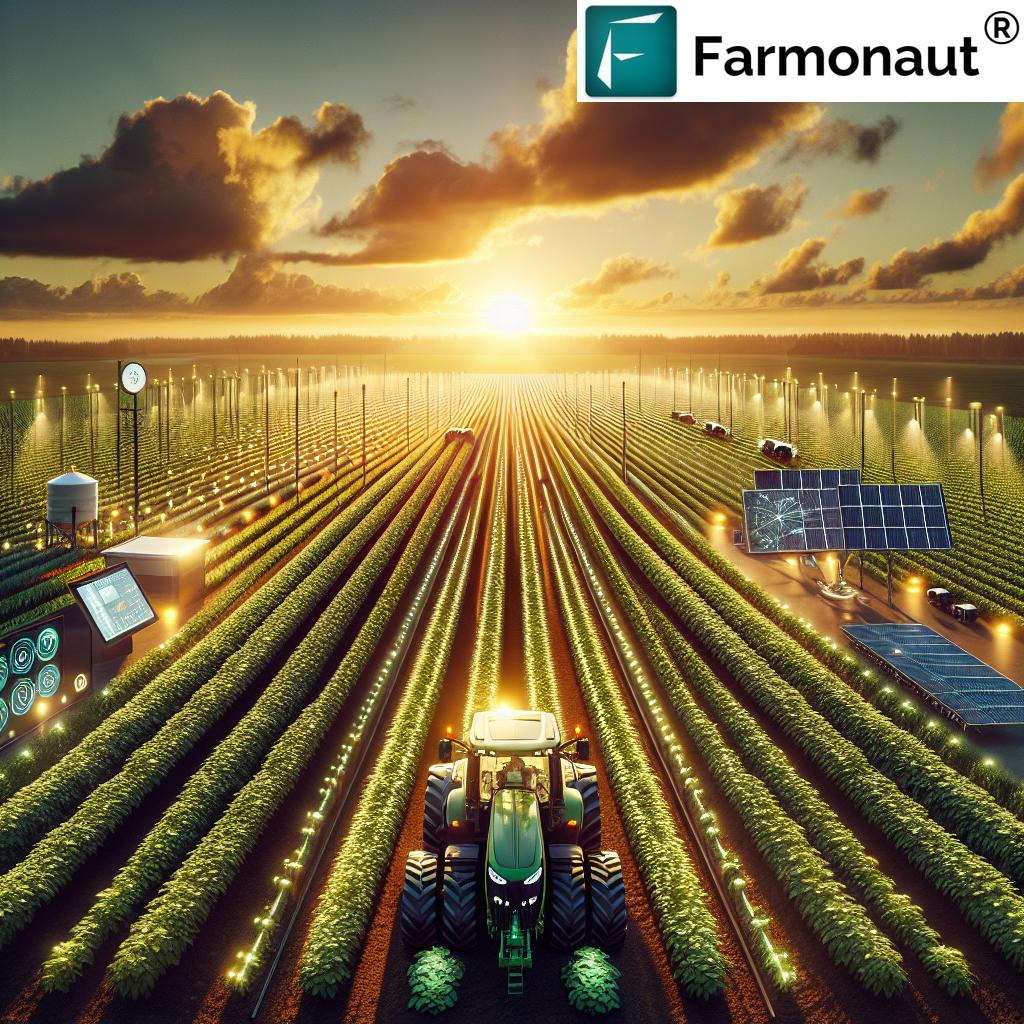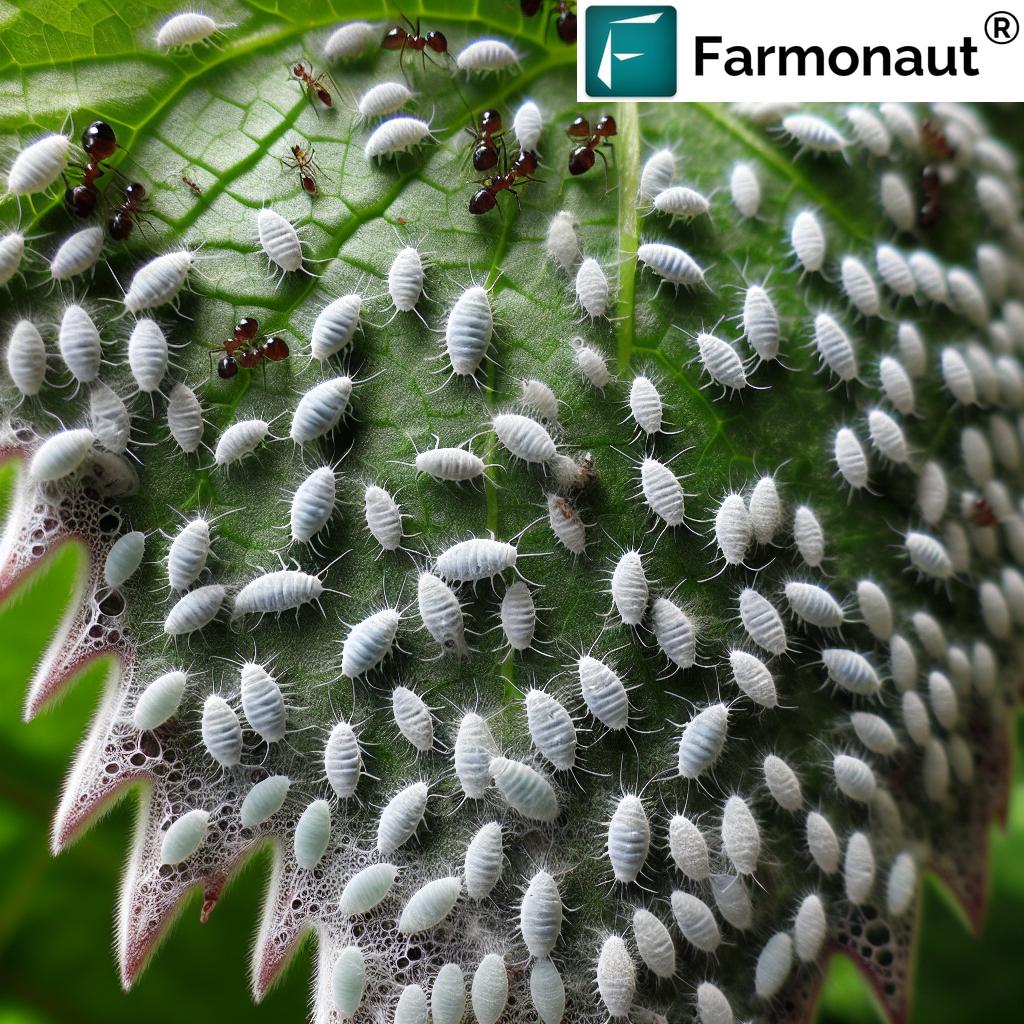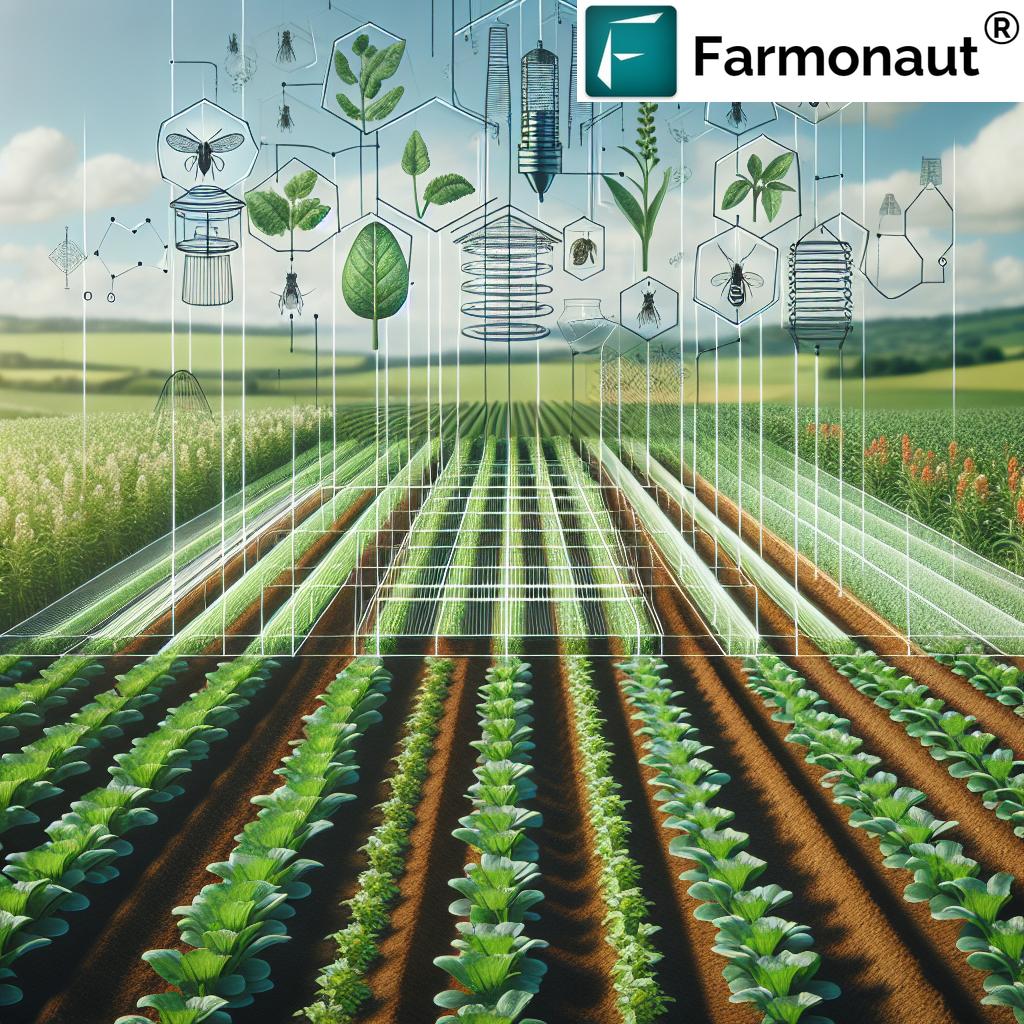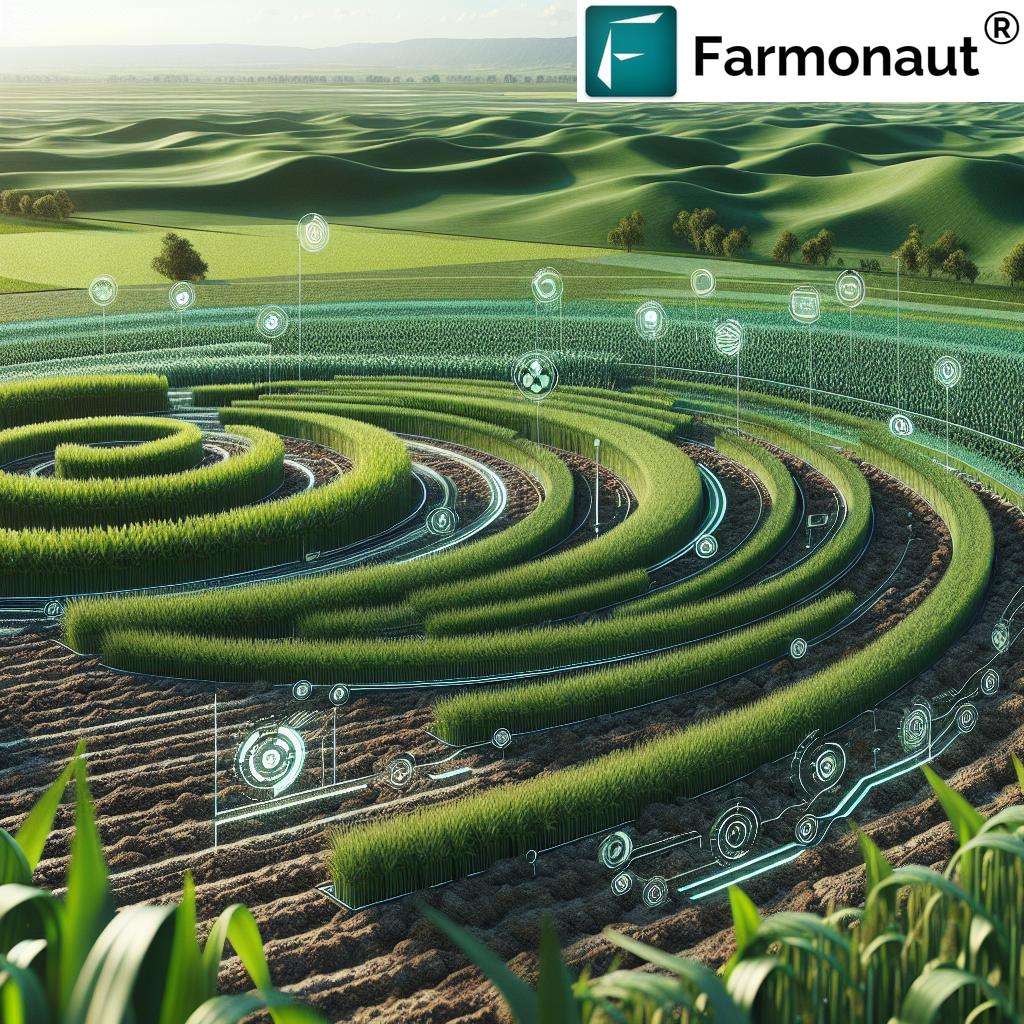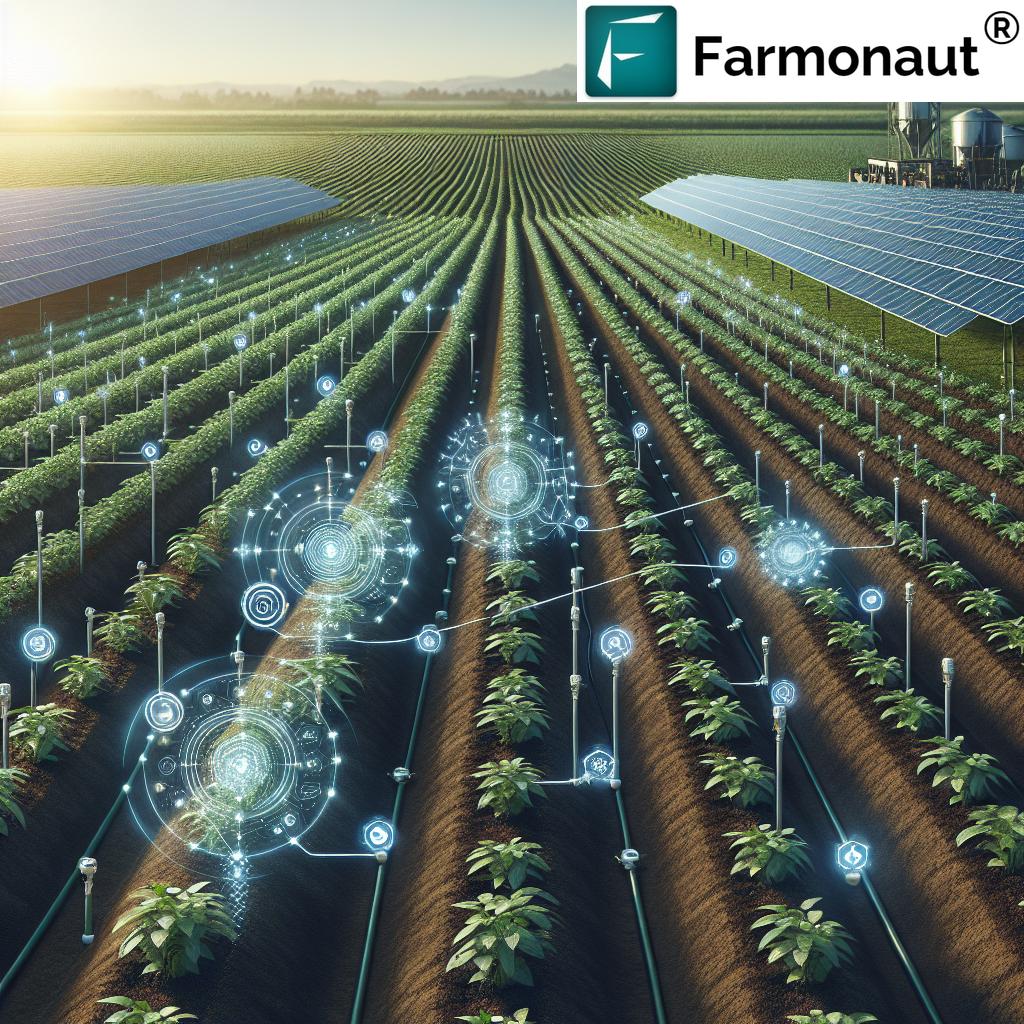Farming Management Concept: Tech to Boost Crop Yields
“Precision agriculture can increase crop yields by up to 20% using data-driven decision-making and remote sensing technologies.”
Introduction: The Age of Precision Agriculture
Modern agriculture is undergoing a digital transformation, powered by data, sensors, and innovative technologies that enable us to grow more with less. This is the backbone of precision agriculture—an integrated, data-driven approach that tailors farming decisions to the unique needs of every field, section, and crop.
By combining remote sensing, advanced monitoring systems, and smart management tools, we can make better use of our resources, improving both yields and sustainability. Through information gathered by satellites, drones, and IoT-driven field sensors, we gain insights into crop health, soil moisture, and nutrient variability—allowing us to act precisely where and when it’s needed.
Let’s explore how precision technology has become the new heartbeat of farm optimization and the vital role players like Farmonaut serve in democratizing high-tech agriculture for farmers everywhere.
Key Technologies in Precision Agriculture: The Engine Behind Yield Optimization
The promise of yield optimization in agriculture can only be realized through the smart integration of certain revolutionary technologies. Let’s break down the key pillars that support a future-oriented, sustainable farm.
1. Global Positioning System (GPS) & Geographic Information Systems (GIS)
- GPS enables precise geolocation, empowering farmers to map and monitor spatial variability across their fields.
- Combined with GIS, we can process this geospatial data to create actionable field maps highlighting patterns—from soil moisture to vegetation density.
- This granular visibility supports better decision-making regarding input application, irrigation optimization, and more.
2. Remote Sensing and Satellite Imagery
- Satellites and drones equipped with multispectral sensors capture detailed aerial images and identify variations in vegetation, chlorophyll, and water status across the field.
- Through remote sensing in agriculture, we can detect issues before they escalate—enabling early intervention to protect crop health and maximise yields.
3. Internet of Things (IoT) Sensors
- IoT sensors measure soil moisture, temperature, and nutrient levels in real-time, providing invaluable data for precise management of irrigation and fertilization.
- Continuous monitoring means no guesswork—farmers can react to actual needs of the crop and avoid input waste.
4. Variable Rate Technology (VRT)
- Variable rate technology dynamically adjusts the application of fertilizer, pesticides, and seeds according to real-time field data.
- This targeted input application reduces resource waste, minimizes environmental impact, and ensures optimal crop growth in each micro-zone of the field.
5. Automated Machinery & Agricultural Robotics
- Modern machinery—from self-steering tractors to robotic harvesters—automates everything from planting to harvesting with unmatched efficiency and accuracy.
- Such systems boost operational productivity, reduce labor costs, and minimize the risk of human error.
“Over 70% of farmers adopting advanced tech report improved resource efficiency and sustainable farming practices.”
6. Blockchains and Traceability in Agriculture
- Integrating blockchain-based product traceability allows end-to-end tracking of agricultural produce, fostering transparency, consumer trust, and supply chain integrity.
7. Farm Management Platforms
- Intuitive software platforms like Farmonaut bring all these technologies together, offering centralized dashboards, real-time reports, and seamless integration of entire operations.
Comparative Technology Impact Table
| Technology | Function / Description | Estimated Yield Improvement (%) | Sustainability Impact (Water Usage Reduction %) | Adoption Cost (Est. Range) |
|---|---|---|---|---|
| Satellite Imaging | Remote monitoring of crop health, vegetation density, soil moisture |
15–20% | 20–30% | Low–Medium (platform-based, subscription) |
| Soil Sensors (IoT) | Real-time soil moisture, temperature, nutrient analysis |
10–14% | 30–40% | Medium–High (hardware + data platform) |
| Drones | Aerial field monitoring, imagery capture, targeted input application |
8–12% | 15–20% | Medium–High (purchase or service) |
| Variable Rate Application (VRT) | Automated adjustment of fertilizer, water, pesticide rates | 12–18% | 18–25% | Medium–High (machinery/system upgrade) |
| Agricultural Robotics & Automation | Automated planting, spraying, harvesting, labor reduction | 16–22% | 10–15% | High (equipment investment) |
| Farm Management Platforms | Integrated data, recommendations, fleet & resource management | 11–16% | Varies (10–35%) | Low–Medium (subscription, scalable) |
Farmonaut’s Role in Precision Agriculture
Farmonaut redefines farm management by making precision agriculture not only highly effective, but also remarkably accessible. Our mission? To empower farmers—regardless of location or scale—to harness satellite imagery, AI, and blockchain for affordable, actionable insights.
- Satellite-Based Crop Health Monitoring: Our system uses multispectral satellite imagery for real-time crop health monitoring, AI-based advisory and resource optimization. From NDVI (Normalized Difference Vegetation Index) for vegetation health to soil moisture maps, our data covers all the critical factors affecting yields.
- Jeevn AI Advisory System: Personalized, data-driven recommendations powered by cutting-edge AI—helping farmers make timely, optimized decisions from planting through harvesting.
- Blockchain-Based Product Traceability: Our secure, tamper-proof traceability platform (see: product traceability) brings fairness, transparency, and trust to supply chains.
- Fleet and Resource Management: Automate and optimize fleet operations, reduce fuel and time waste, and improve safety with Farmonaut’s fleet management solution.
- Carbon Footprinting: Using our carbon footprint tracking, understand and reduce the environmental impact of your operation, ensuring compliance and boosting sustainability credentials.
- Crop Loan and Insurance Verification: Our satellite-based farm verification (visit: crop loan and insurance) supports faster, safer access to financing and insurance—cutting fraud and improving financial inclusion.
We serve individual farmers, agribusinesses, and government agencies all via Android, iOS, web apps and flexible API integration. Our solutions drive better yields, cost savings, and environmental stewardship for everyone, everywhere.
Farmonaut App Use Cases & Benefits: Powering Data-Driven Farming
- Individual Farmers: Access real-time satellite maps, alerts for crop disease or water stress, and Jeevn AI recommendations for every stage of crop growth.
- Agribusinesses: Monitor plantation variability at scale, streamline fleet operations, and conduct field-by-field yield analysis.
- Government Institutions: Track wide-scale crop health, inform subsidy and policy programs, and support sustainable farming practices.
- Financial Services & Insurance: Enable satellite-based verification for lending and risk management.
- Corporates/Traders: Leverage blockchain traceability to guarantee sourcing transparency and supply chain integrity.
- Researchers & Developers: Use the Farmonaut API for custom data integration; API documentation here.
A Glimpse of App Innovations
- Satellite NDVI, NDWI, Soil Moisture maps: Instantly reveal field hotspots, water stress, crop disease, or nutrient deficiency.
- Resource Optimization Alerts: Reduce input waste (fertilizer, water, pesticides) and boost profitability.
- Crop Health Monitoring: Actionable, layer-by-layer views of crop status—catching problems early and supporting targeted intervention.
- Environmental Compliance: Track your farm’s carbon footprint for ESG/market auditing.
- Operational Scalability: Adapt Farmonaut for a single plot or massive, large-scale farm management needs.
Applications & Benefits of Precision Agriculture
1. Crop Monitoring and Management
- Continuous monitoring using satellite imagery and IoT sensors detects diseases, pest infestation, or nutrient shortages at an early stage.
- Targeted management brings high yield optimization in agriculture—as the right resources are delivered at the right time, to the right plants.
2. Soil Health Management
- Modern soil sensors and laboratory analyses reveal nutrient availability, pH, and properties, guiding fertilizer and amendment applications.
- Maintaining soil health is essential for efficient nutrient and water uptake, reducing input waste, and long-term field viability.
3. Precision Irrigation Systems
- Precision irrigation systems use real-time soil moisture data and weather forecasts to deliver water when and where it’s needed.
- These systems can lower overall water use by up to 40%, massively benefiting both costs and environmental sustainability.
4. Variable Rate Application of Fertilizers & Pesticides
- VRT minimizes fertilizer and pesticide over-application, addressing only sections in need—raising both yield and environmental outcomes.
- As a result, input costs and downstream pollution are reduced, supporting sustainable farming practices.
5. Harvesting with Advanced Robotics and Automation
- Robotic harvesters use camera and sensor data to identify ripe crops and harvest with minimal damage and labor cost.
- Automation ensures higher quality yield and enables timely harvest at scale—no matter the field’s size.
Benefits of Data-Driven Precision Agriculture
- Enhanced Yield Optimization: Targeted decisions and monitoring can boost yields by 10–20% while maintaining or reducing input use.
- Resource Conservation: Efficient use of water, fertilizers, and pesticides means less waste and lower costs.
- Environmental Sustainability: Reduces soil erosion, runoff, and pollution—supporting biodiversity and farm longevity.
- Profitability: Smart data and precision farming minimize input costs and maximize output, improving margins for every operator.
- Transparency and Trust: Integration of blockchain traceability secures market access and proves quality.
- Scalability and Accessibility: Tools like Farmonaut democratize high-tech management for every farm size and type.
Challenges & Considerations in Implementing Precision Agriculture
- High Initial Costs: Hardware, sensor, and technology investments can be significant—though Farmonaut’s satellite-based approach dramatically lowers the barrier for most users.
- Data Management & Security: Collecting, storing, and interpreting vast amounts of data requires robust digital infrastructure and protocols to protect sensitive farm information.
- Technology Integration: Seamlessly uniting sensors, drone data, weather, and field operations needs smart, compatible platforms (like Farmonaut).
- Training & Digital Literacy: Success depends on farmers’ access to training and timely support for these innovative solutions.
- Data Privacy & Regulation: As farms become digital, it’s crucial to ensure privacy compliance and guard against unauthorized access.
The Future Outlook of Data-Driven Farming
Precision agriculture is just getting started. The coming decade promises:
- Even more affordable sensors and satellite services, closing digital divides at the field edge.
- Next-gen AI and machine learning models for predicting yield, automating diagnosis, and customizing interventions.
- Scalable, easy API integration (see Farmonaut API) into every farm system for ultimate flexibility.
- Nano-sensors and robotic assistance for monitoring at previously impossible precision and scale.
As these technologies mature and become even more accessible, we expect near-universal uptake—accelerating global food security and truly sustainable farming practices.
Ready to experience the future?
With Farmonaut’s powerful, subscription-based platform, you can start optimizing your farm today, whatever your size, crop, or region. Join the revolution, and make every hectare count.
Farmonaut Subscription Plans
FAQ: Precision Agriculture & Farmonaut (Your Questions Answered!)
What is precision agriculture, and how does it boost yields?
Precision agriculture is a data-driven methodology that uses technologies such as satellite imagery, sensors, and AI to optimize every aspect of crop management. By analyzing field variability and customizing input application, it helps increase crop yields, conserve resources, and lower costs.
How does Farmonaut differ from traditional farm monitoring tools?
Unlike resource-intensive hardware or complex local sensors, Farmonaut uses satellite-based monitoring—which is scalable, affordable, and requires no on-field device installation. The platform also integrates AI-powered advisories and blockchain traceability, making it accessible and trustworthy.
Is precision farming suitable for smallholder farmers?
Absolutely. With solutions like Farmonaut’s subscription packages, even small farms get access to high-resolution data and simple, actionable guidance—democratizing yield optimization and sustainability for every operator.
Can I use Farmonaut for fleet and resource management?
Yes. Farmonaut’s fleet management tools optimize machinery use, save costs, and ensure safe, efficient operations across all your field assets.
What about environmental monitoring and compliance?
Farmonaut offers carbon footprinting and environmental impact tracking, supporting climate-friendly, future-proof agriculture. This can help meet market standards and regulatory compliance.
How do I get started with Farmonaut?
You can access Farmonaut via web app, Android, or iOS instantly. For advanced users or developers, API access and documentation is available. See the links and subscription table above for details.
Is my farm data secure with Farmonaut?
Farmonaut prioritizes data privacy and security, utilizing blockchain, robust protocols, and secure cloud storage to safeguard user information—so your data stays both accessible and protected.
Conclusion: Farming Smarter, Not Harder
The future of agriculture hinges on our ability to use information—not just physical inputs—as the master key to higher yields, lower waste, and more profitable, sustainable operations. Precision agriculture is transforming the way we grow, manage, and deliver crops from field to fork.
By embracing data, sensors, remote sensing, and innovations like Farmonaut’s technology stack, we’re building resilient systems that benefit both the environment and the bottom line. Whether optimizing a single hectare or mapping thousands, every farmer can now access tools for tailored field management, operational efficiency, and resource conservation.
Join us. Harness the power of technology and data-driven farming with Farmonaut, and make every season your most successful yet.
The digital future of farming is here—fast, reliable, and powered by actionable data. Ready to step in?


